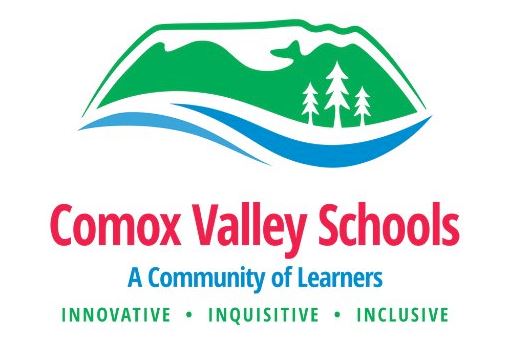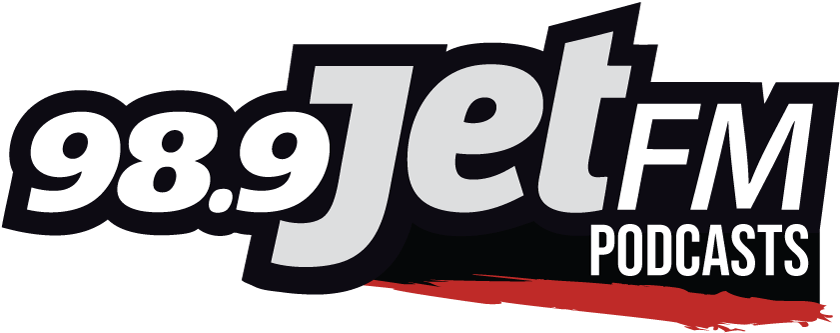Comox Valley, B.C. – The Comox Valley School District is the first in Canada to go district-wide with the Downie-Wenjack Legacy Schools program.
The program is a national initiative to engage, empower and connect students and educators to further reconciliation through awareness, education and action (reconciliACTION).
“To be the first school district in Canada to commit all schools to the Legacy School program is quite an honour,” said district superintendent Tom Demeo.
“Embracing Indigenous ways and knowing is one of our key goals in our Strategic Priorities Plan that sets the direction for education for the next four years. The Legacy School program was the perfect fit to help us in this journey.”
The Gord Downie and Chanie Wenjack Fund (or DWF) provides educational resources and program material to teachers.
In doing so, it helps them develop lessons and programs that will ensure the unique interests, rights, and perspectives of Indigenous peoples are recognized and implemented in schools and communities across Canada.
Each of the 23 school sites got a toolkit at the start of the school year and have already initiated activities to support Indigenous learning.
Many of the schools are participating in a walk during Secret Path Week (October 17 – 21) to mark the anniversary of the passing of Chanie Wenjack.
Ecole Robb Road and Hornby Island are following the Six Cedar Trees to create a school-wide understanding and culture around reconciliation.
Valley View has embraced the Legacy School program with music by introducing Tragically Hip songs into music class.
Some school educators have already started work around reconciliation well before the District made an all-school commitment to the program and are setting examples for others to follow.
At Highland Secondary, Art teacher Charlotte Hood-Tanner led her Grade 11/12 class through a reconciliation learning journey that began in September 2018 and involved incorporating the 94 calls to action in the Truth and Reconciliation Commission (TRC).
Students worked with a local artist to produce a silk-screened composition of five original Indigenous design symbols to personify ǰɛqaǰɛ meaning “to hope.”
A key piece of Hood-Tanner’s project Hope and Love Beyond the 94: A Journey of Reconciliation was to honour the Indigenous K’omoks language through art as a small step toward understanding reconciliation and closing the gap between schools and communities.
A copy of the silkscreen art collection now hangs on display in the School Board Office.
“Even before fully adopting this program we have seen a lot of work around the District. Staff are passionate to dive in, eager to learn and to grow alongside their students with this program,” said Bruce Carlos, district principal Indigenous Education.
“The resources in the Legacy School toolkit will further empower our school district to implement strategies to become champions of reconciliation. The journey ahead will be enriching and rewarding.”
DWF Quick Facts
- DWF was inspired by Chanie Wenjack’s story as a residential school student and Gord Downie’s call to build a better Canada that aims to build cultural understanding and create a path towards reconciliation between Indigenous and non-Indigenous peoples.
- DWF’s work centres around improving the lives of Indigenous people by building awareness, education, and connections between all Canadians.
- A reconciliACTION is a meaningful action that moves reconciliation forward. ReconciliACTIONs aim to bring Indigenous and non-Indigenous people together in the spirit of reconciliation to share, learn, and create awareness.






